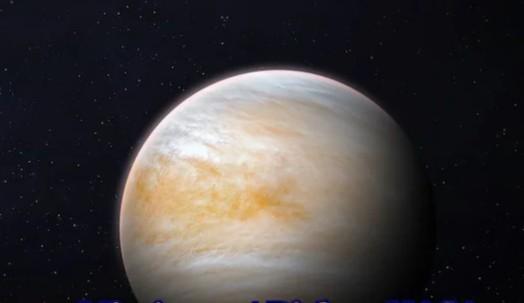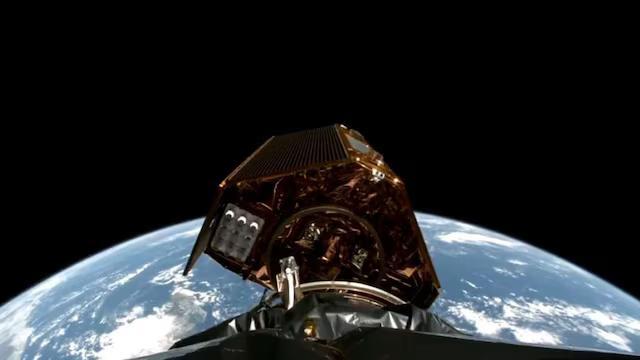
Venus is becoming increasingly dangerous for future missions: NASA
Venus, often referred to as Earth’s twin due to its similar size and mass, has long been a subject of fascination for astronomers and space agencies. However, the planet’s extreme atmosphere, characterized by thick sulfuric acid clouds, scorching temperatures, and crushing pressure, has always posed significant challenges for spacecraft attempting to explore it. Now, NASA has warned that Venus’s atmosphere is becoming even more unpredictable at a faster rate than expected, making it an increasingly treacherous destination for future missions.
The warning comes as NASA and other space agencies are planning to send new missions to Venus in the coming years. The European Space Agency’s EnVision mission, scheduled to launch in the late 2020s, and NASA’s DAVINCI+ and VERITAS missions, set to launch in 2029, will all attempt to study Venus’s atmosphere, surface, and subsurface in unprecedented detail. However, the rapidly changing conditions on Venus will require these missions to be designed with even greater care and precision to ensure their survival.
One of the main concerns is the increasing variability of Venus’s atmosphere, which is making it harder to predict weather patterns and atmospheric conditions. The planet’s atmosphere is already incredibly hostile, with surface temperatures reaching as high as 462°C (863°F) and pressure being 92 times that of Earth. The atmosphere is also highly corrosive, composed mostly of carbon dioxide, with sulfuric acid droplets and a strong greenhouse effect that traps heat.
The new data suggests that Venus’s atmosphere is becoming even more unstable, with wind patterns and cloud formations changing rapidly over short periods. This unpredictability will make it challenging for spacecraft to navigate the atmosphere safely, as even minor miscalculations could result in catastrophic consequences. For example, a spacecraft attempting to land on Venus’s surface could be caught off guard by a sudden change in wind direction or speed, causing it to crash or malfunction.
Another issue is the increasing density of Venus’s atmosphere, which will require spacecraft to be designed with more robust heat shields and thermal protection systems. The atmosphere is already incredibly dense, but the new data suggests that it is becoming even thicker, which will make it harder for spacecraft to slow down and enter orbit safely. This could lead to increased risk of atmospheric drag, which could cause a spacecraft to lose altitude and crash into the planet’s surface.
NASA has emphasized that future missions to Venus will need to be designed with these new challenges in mind. This may involve developing more advanced heat shields, improving navigation and communication systems, and creating more robust and reliable spacecraft that can withstand the extreme conditions on Venus. The agency is also working on new technologies and strategies to help mitigate the risks associated with exploring Venus, such as developing more accurate weather forecasting models and designing spacecraft that can adapt to changing atmospheric conditions.
The warning from NASA highlights the importance of continued research and development in space exploration. As our understanding of Venus and its atmosphere evolves, it is clear that exploring the planet will require significant advances in technology and engineering. However, the potential rewards of exploring Venus are substantial, as the planet offers a unique window into the formation and evolution of our solar system.
In conclusion, the warning from NASA that Venus is becoming increasingly dangerous for future missions is a sobering reminder of the challenges involved in exploring our solar system. As space agencies and astronomers continue to plan new missions to Venus, it is essential that they take into account the rapidly changing conditions on the planet and design their spacecraft with the necessary precautions to ensure their survival. With continued research and development, it is possible that we will one day unlock the secrets of Venus and gain a deeper understanding of our place in the universe.






